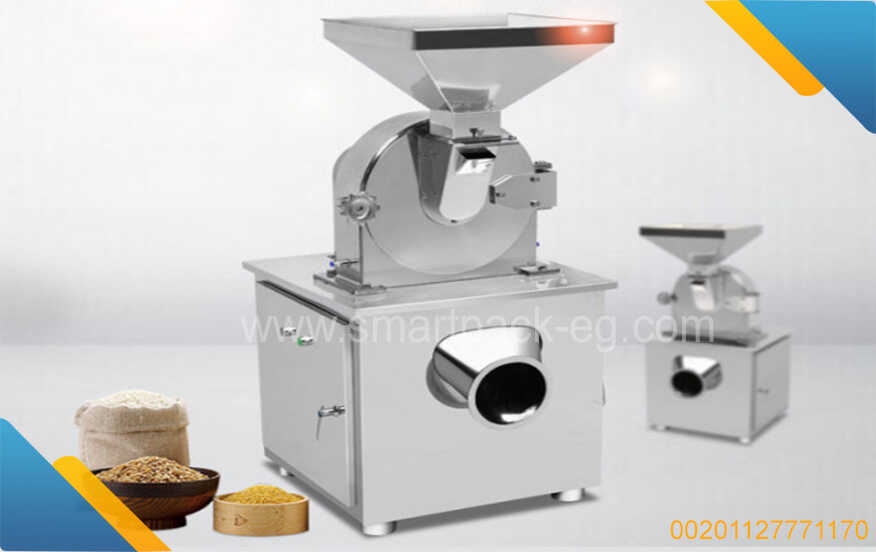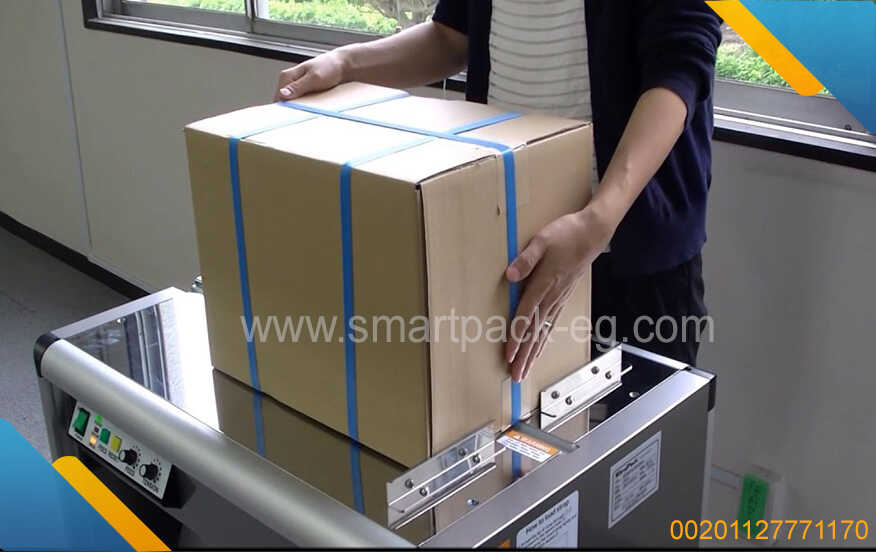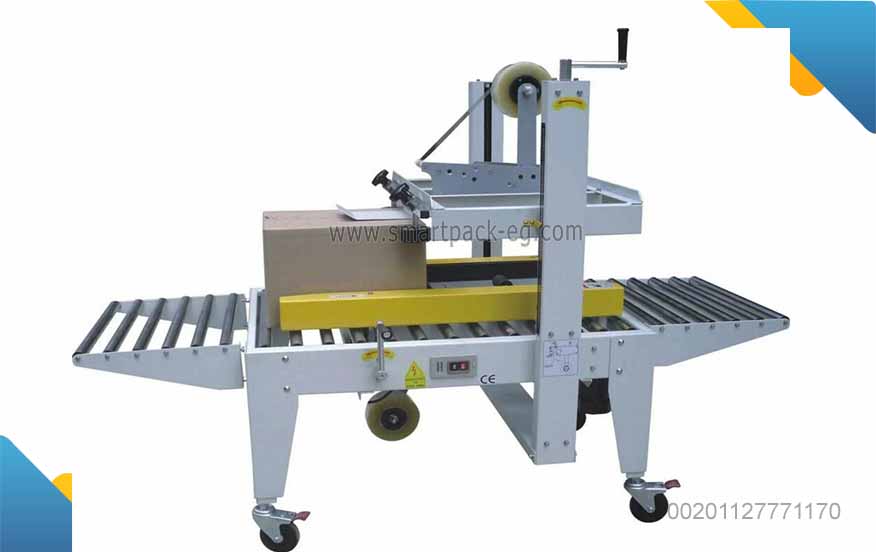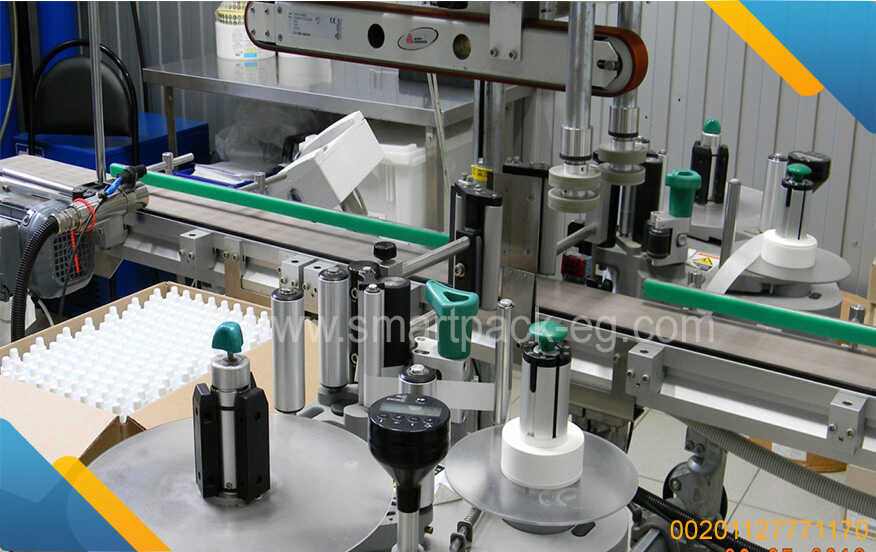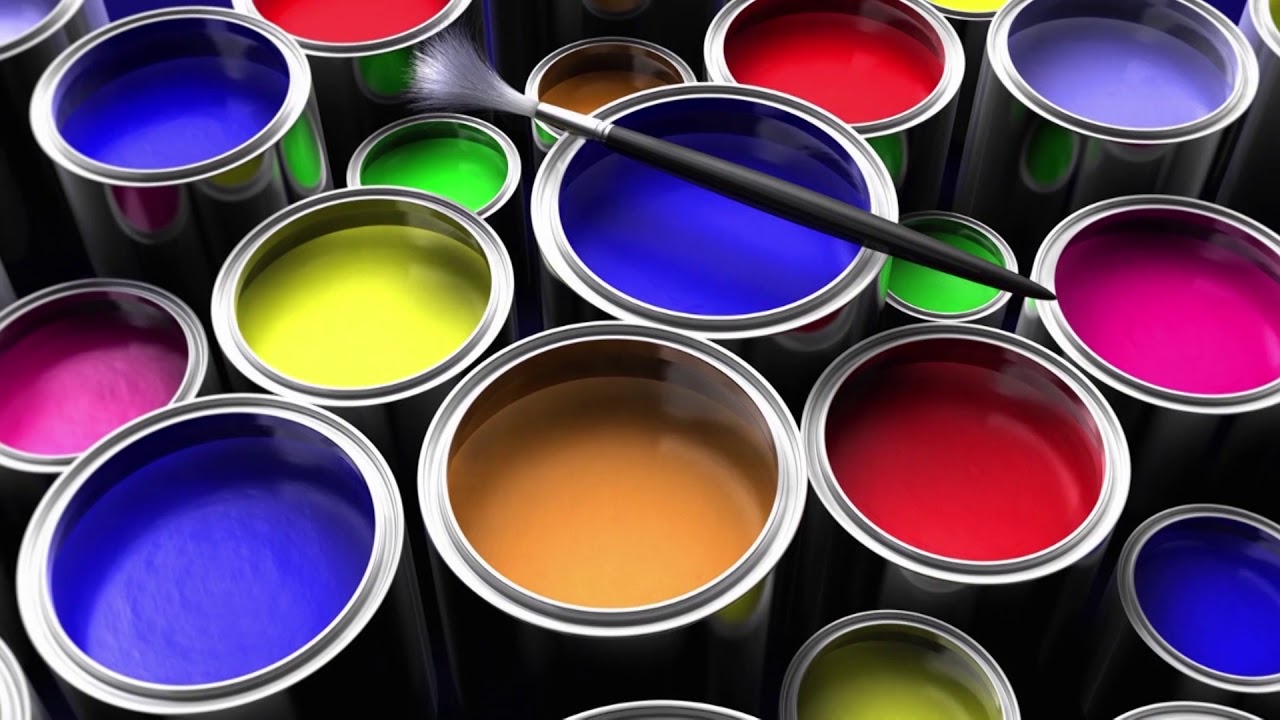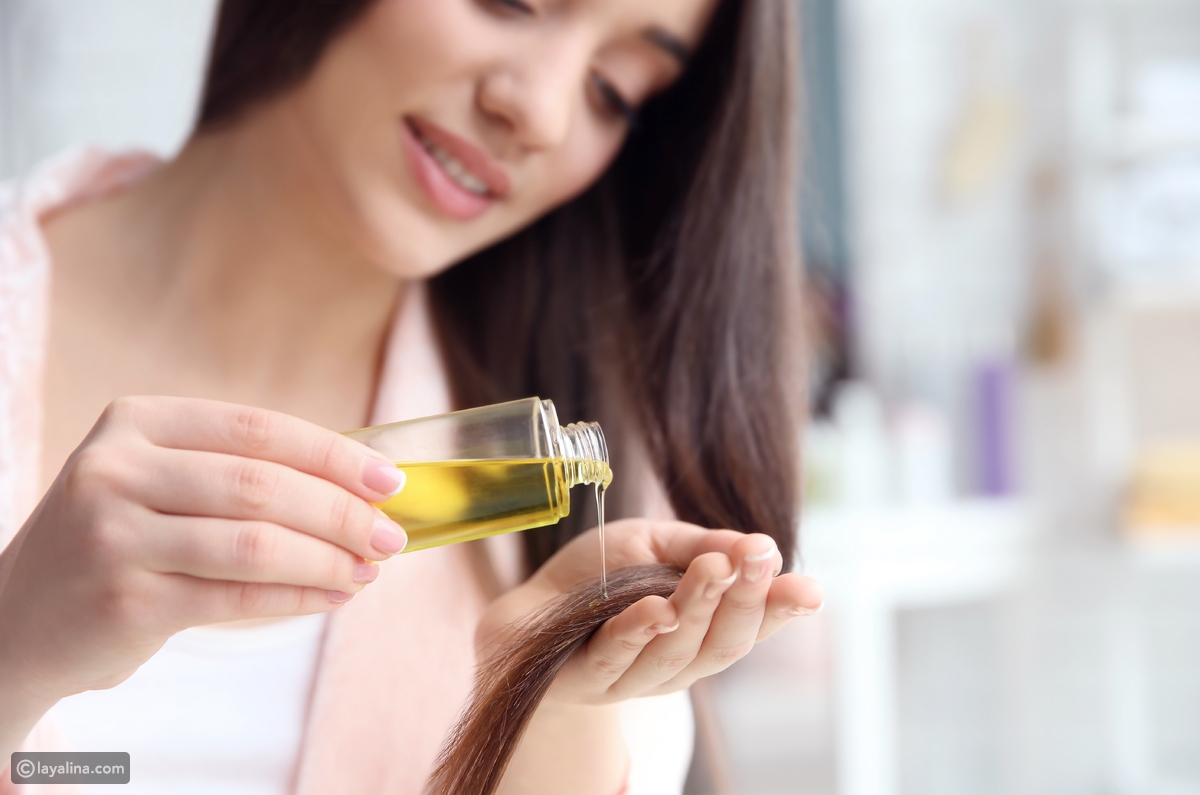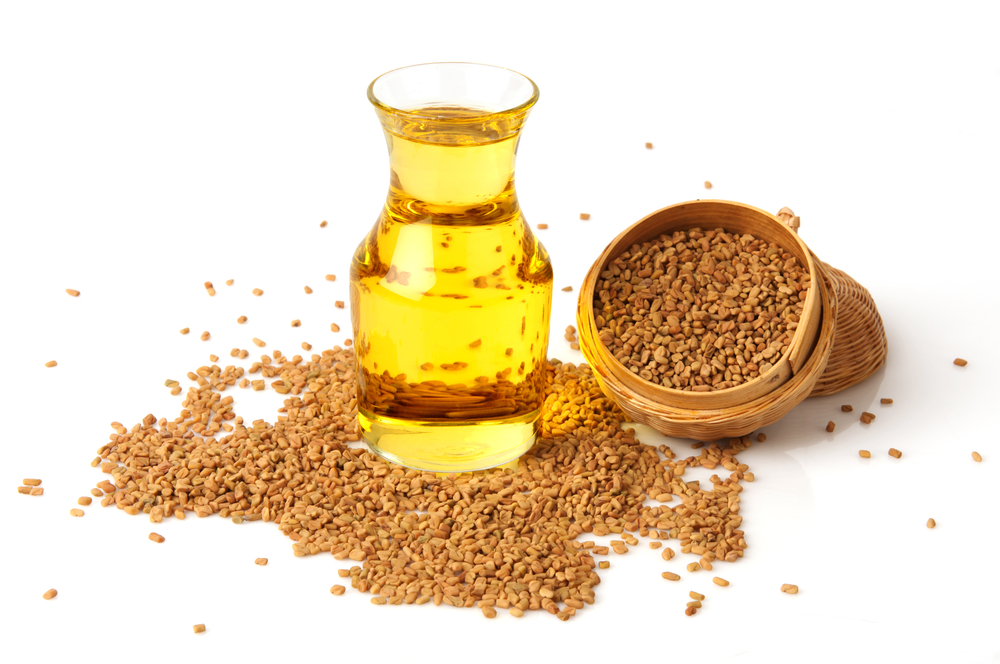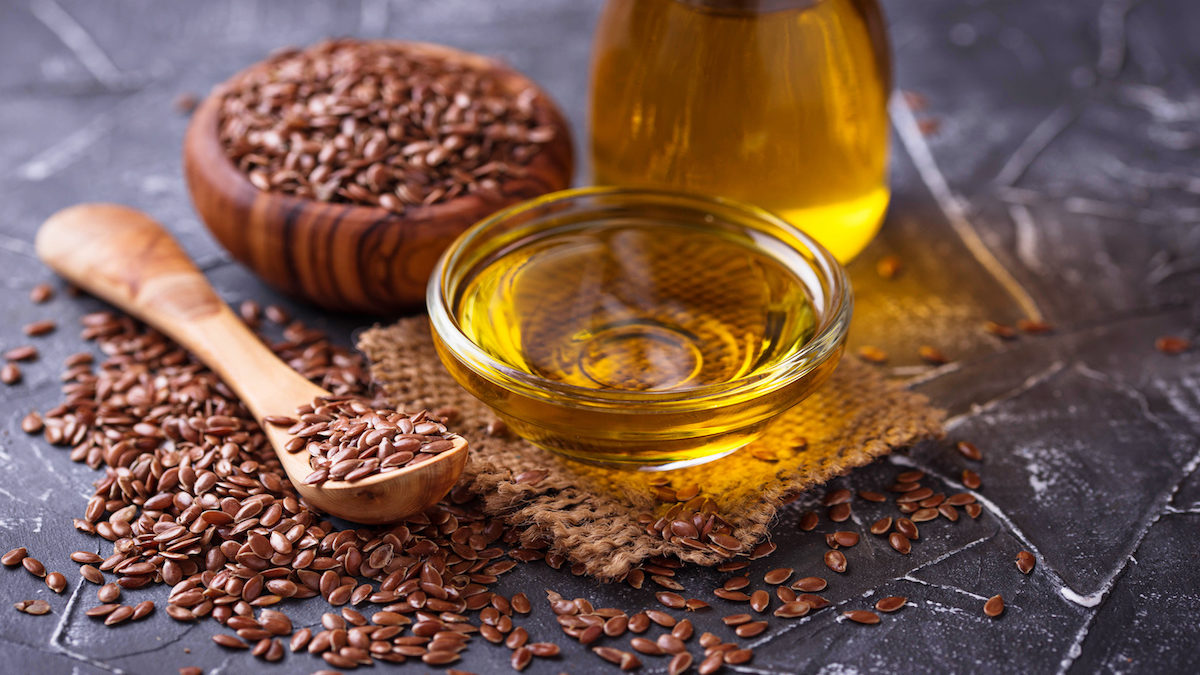Title: A Comprehensive Guide to Perfume Oil Production and Packaging
Introduction:
Welcome to our in-depth guide on perfume oil production and packaging. In this guide, we will explore the various machines and components used in a perfume oil factory, providing you with a clear understanding of the production process from start to finish. Whether you are an aspiring entrepreneur or simply curious about the world of perfume oil manufacturing, this guide will equip you with valuable knowledge to get started.
Table of Contents:
-
Understanding Perfume Oil Production
1.1 What is Perfume Oil?
1.2 The Production Process -
Machinery and Components
2.1 Mixer/Blender
2.2 Distillation Unit
2.3 Filtration System
2.4 Filling Machines -
Packaging Perfume Oils
3.1 Bottles and Vials
3.2 Caps and Sprayers
3.3 Labels and Packaging Design -
Quality Control and Safety Measures
4.1 Testing Equipment
4.2 Regulatory Compliance -
Understanding Perfume Oil Production:
1.1 What is Perfume Oil?
Perfume oil, also known as fragrance oil or essential oil, is a concentrated solution that contains a combination of aromatic compounds, fixatives, and solvents. It is the key ingredient used to create various scented products such as perfumes, body oils, and colognes. In the production process, perfume oils are carefully blended to achieve desired scents.
1.2 The Production Process:
The production of perfume oils involves several steps, including ingredient sourcing, blending, aging, and filtration. Once the desired fragrance is achieved, the oils are then ready for packaging.
- Machinery and Components:
2.1 Mixer/Blender:
A mixer or blender is a crucial piece of equipment utilized to blend the ingredients of the perfume oil mixture. This machine ensures that all the necessary components are well incorporated, resulting in a consistent scent profile.
2.2 Distillation Unit:
Distillation units are used to extract essential oils from various sources such as flowers, herbs, or fruits. This process involves heating the plant material to vaporize the essential oils, which are then collected and condensed into liquid form.
2.3 Filtration System:
After blending and distillation, perfume oils undergo filtration to remove any impurities and ensure a clear, refined product. Filtration systems can include different types of filters like activated carbon or paper filters.
2.4 Filling Machines:
Filling machines are used to transfer the perfume oil into the chosen packaging format efficiently. These machines can handle different types of containers, ensuring precise and consistent filling volumes.
- Packaging Perfume Oils:
3.1 Bottles and Vials:
Bottles and vials come in various shapes, sizes, and materials, allowing for customization and branding options. Glass bottles are commonly used due to their ability to preserve the fragrance quality and aesthetic appeal.
3.2 Caps and Sprayers:
Caps and sprayers are essential components that provide a seal to prevent evaporation and ensure controlled dispensing of the perfume oil. They come in different designs, including screw-on caps, push-button sprayers, or roller balls for easy application.
3.3 Labels and Packaging Design:
Labels play a vital role in product branding and regulatory compliance. They typically contain important information such as the product name, ingredients, manufacturing date, and usage instructions. Packaging design should reflect the brand image and appeal to the target market.
- Quality Control and Safety Measures:
4.1 Testing Equipment:
Various testing equipment is used during the production process to ensure the quality and consistency of perfume oils. This may include gas chromatography, mass spectrometry, or sensory evaluation panels to assess fragrance strength and stability.
4.2 Regulatory Compliance:
Perfume oil production must adhere to strict regulations and guidelines set by government authorities. Compliance with regulations regarding ingredients, labeling, safety, and environmental standards is crucial to ensure consumer safety and avoid legal issues.
Conclusion:
In this guide, we have provided an overview of perfume oil production and packaging, highlighting the machines and components crucial to the process. From understanding the production steps to packaging and quality control measures, you now have a solid foundation to explore the fascinating world of perfume oil manufacturing. Remember to consider quality, safety, and regulatory compliance at every stage to create exceptional fragrance


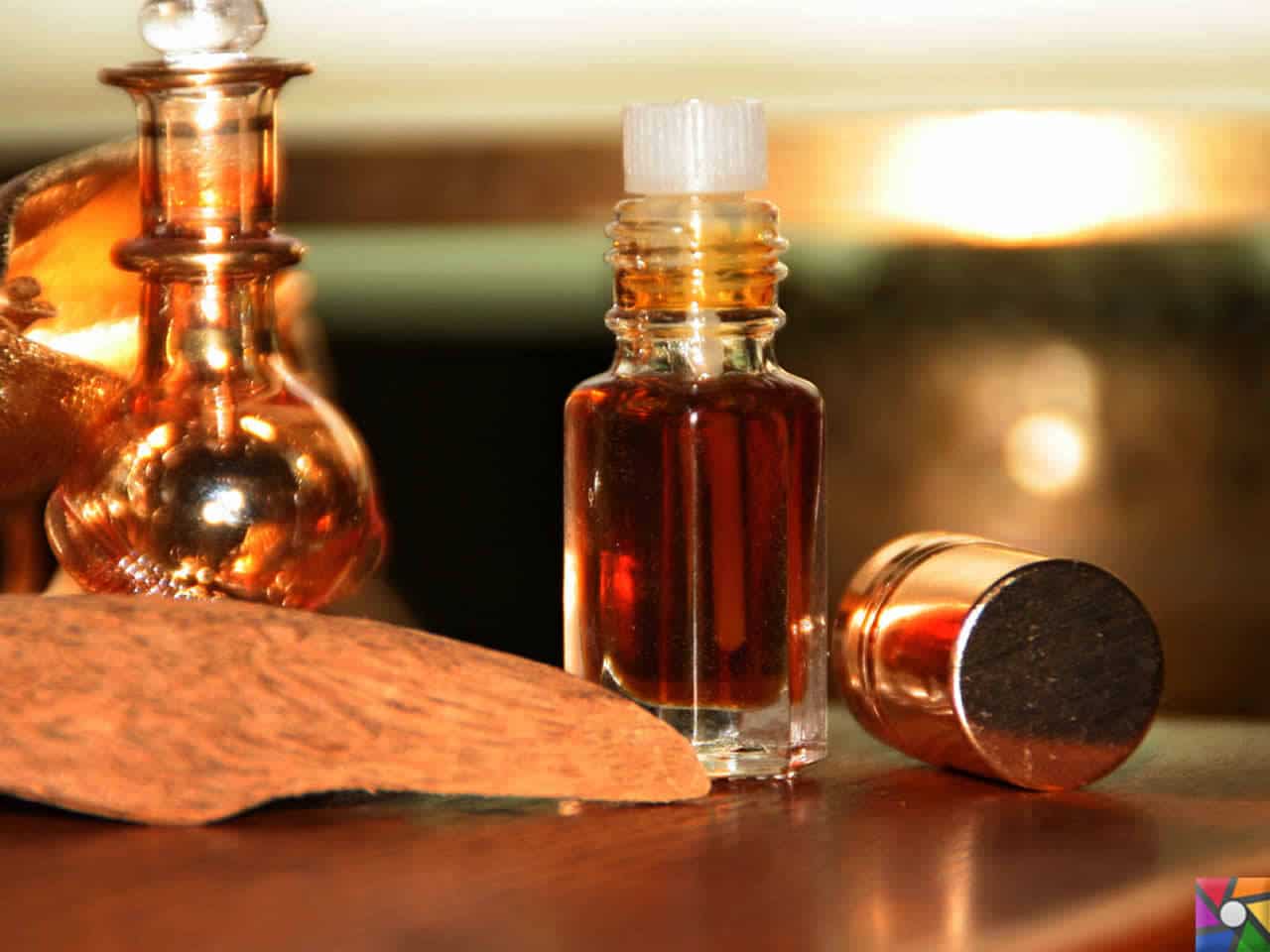
 Admin
Admin 